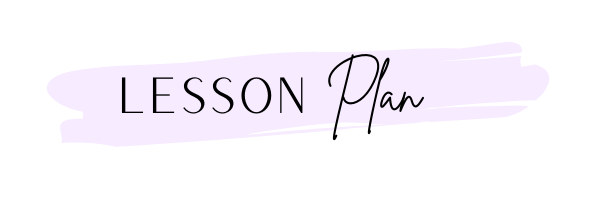Teach your students how to generate better ideas using engaging topics that matter to them
Lesson one includes a printable, detailed lesson plan and student slideshow. Video examples are included.
This is a resource to support the Generating Better Ideas newsletter.
Overview
This lesson could take place over 1-2 days.
This lesson supports all learners in the following ways:
Clear learning goals based on curriculum overall expectations
Clear learning targets (success criteria) based on skills identified in the curriculum
Curriculum based connections between required skills and content
Explicit teaching and fair assessment practices of the the required skills (learning goals and success criteria, co-creation of success criteria, gathering evidence based on success criteria, next steps based on evidence that target whole class, small groups or individual students based on the identified learning need)
Overalls/Learning Goals/Success Criteria
Learning Goal - We are learning to generate ideas for different topics so we can identify those most appropriate for the purpose
This learning goal was developed from Language - Writing - Overall Expectation 1 from the Ontario Curriculum and from the (Common Core (CCSSI).
Ontario Curriculum
1. generate, gather, and organize ideas and information to write for an intended purpose and audience
CCSS.ELA-LITERACY.W.8.4
Produce clear and coherent writing in which the development, organization, and style are appropriate to task, purpose, and audience.
Generate ideas is in bold as that is the skill from the curriculum we want to help the kids learn. It is crucial to identify what the success criteria are for this skill. They can be used across strands and curriculums. I find it VERY helpful to try the skill. This helps me to figure out what it is I am looking for from students.
The success criteria I developed for generating ideas is…
Ideas are relevant to the topic
Ideas are specific to the topic
Later in the lesson, you will be co-creating this success criteria with students. Notice that it is predetermined from the curriculum.
Rich Tasks/Activities to Develop Skill (lesson is provided on student friendly slideshow)
Present Learning Goal to give some focus to the learning.
Think/Pair/Share - Writing Prompt - Should students be allowed to wear their hats in class? Students brainstorm ideas on their own. They can then share ideas with a partner or within a small group (3). Students should hang on to their ideas for later in the lesson.
Deconstruct mentor text - Read over ideas from example brainstorm to class. Give students time to think about which ideas are better than others. Which ideas are not good? Jot down some of your ideas and discuss with a partner or small group.
Class discussion - which ideas are not good and should be crossed off? In small groups (collaborative learning structure), come up with a couple of reasons why some of the ideas are better than others. Write ideas on a sticky note.
Co-create success criteria - Students should bring ideas on sticky notes up to the front board. Teacher then begins to group them so they reflect the already identified success criteria. Some ideas will not fit - group them but don’t focus on them. Focus on the ideas of the success criteria and have the students try and label the ‘like’ sticky notes.
Reflect - Students should go back to their original brainstorm and cross out ideas that don’t work when compared to the success criteria. This is the process of critical thinking.
Model/Think aloud - Without practising or preparing, generate idea for the prompt on the slide, live in front of the class -why hats make kids feel safe. You are now showing students how to develop their details!
Group work - students now work in small groups to generate ideas around - hats are a form of personal expression. They can use Jamboard or another tech tool or just take a note to capture their ideas. Remind student to use to success criteria when deciding on their final ides. Pictures of work should be shared on a slideshow and can be used to provide feedback or have a class discussion on their process.
Reflection - What two things do we need to remember when we are generating ideas? These could be captured on an exit slip or simply in a class discussion.
Next Steps - Use evidence collected from exit slips and group work to inform your next steps. Which part(s) of the success criteria need to be retaught? And is that to the whole class? A small group? Or to an individual?
Student Slideshow - click here!
(You will be prompted to request access to the Google Slideshow)
Lesson Plan PDF - to print
More resources!
Here is a link to some assessment tools (PDFs and Google Docs) to support this lesson!
Here are some examples of Modelling/Think Alouds…


